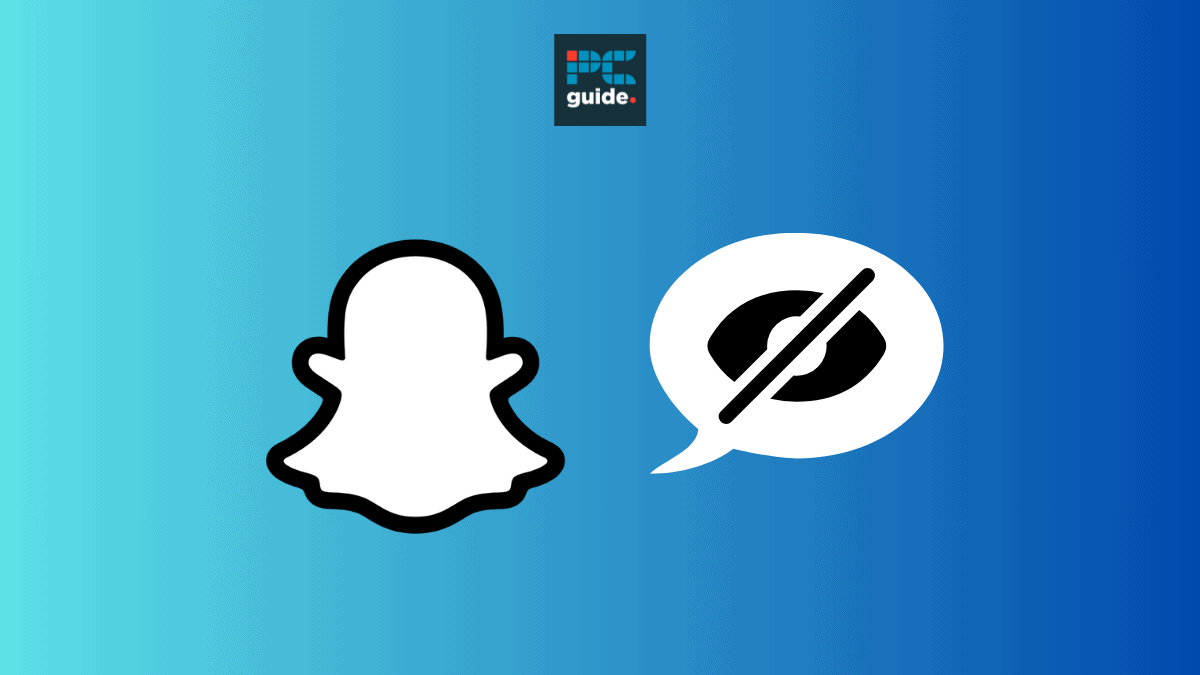With the recent explosion of AI technology across the internet, it’s high time you understand exactly why chatbots are important.
If you have ever visited a website or social media platform, you have probably encountered a chatbot. Chatbots are computer programs to simulate conversations with human users. Also known as conversational language models, they are powered by artifical intelligence. Examples include Open AI’s Chat GPT and Google Bard.
They have become increasingly popular recently and for a good reason. This article will explore why chatbots are essential and how they can benefit you.
What are Chatbots & Why are They Important?
Chatbots are computer programs to communicate through a chat interface with humans. They use natural language processes and algorithms of machine learning to understand user inputs and provide relevant responses.
The conversational services can be integrated into various digital platforms such as websites, mobile apps, social media, and messaging applications.
Chatbots are important because they can help businesses and individuals streamline their operations and provide better customer service. They handle a wide range of tasks, such as answering FAQs, processing orders, scheduling appointments, and providing personalized recommendations.
Apps like Chat GPT are available 24/7 and can handle multiple conversations simultaneously, making them a valuable asset for businesses looking to scale their operations.
Benefits of Using Chatbots
- Improved Customer Experience
Chatbots can respond instantly to customer queries, improving customer experience and satisfaction.
They can handle simple requests and escalate complex issues to human representatives when necessary. Chatbots personalize their responses based on user preferences and history, providing a more personalized experience.
- Increased Efficiency & Productivity
They can handle repetitive and mundane tasks, allowing human employees to focus on more complex and value-adding activities.
Chatbots can collect and analyze data on user interactions, providing valuable insights for business decision-making.
- Cost Savings
Conversational language models can reduce labor costs and improve ROI by automating tasks requiring human resources. They can handle many requests without additional staff, reducing operational costs.
Chatbots reduce errors and improve accuracy, reducing the cost of rework and customer dissatisfaction.
- Scalability
They simultaneously accommodate a high volume of requests and conversations, making them ideal for businesses looking to scale their operations. They can manage spikes in demand without the need for additional resources, ensuring that customer needs are met at all times.
- Availability
Services like Chat GPT are available 24/7, providing customers instant support and assistance anytime or at night. They can handle requests from different time zones and locations, ensuring customers receive prompt and efficient service.
- Flexibility
Chatbots can be integrated into various digital platforms, allowing businesses to interact with customers on their preferred channels.
They can customize to match the brand’s tone and voice, providing a consistent and seamless customer experience across different platforms.
How to Use Chatbots Effectively
To use chatbots effectively, businesses need to consider the following factors:
- Clear Objectives
Businesses must define clear objectives for their chatbot implementation, such as reducing response times, improving customer satisfaction, or increasing sales.
Clear objectives help businesses measure the success of their chatbot implementation and make informed decisions for future improvements.
- User-Centric Design
Developers design these chatbots with the user in mind. They should be intuitive and easy to use, with clear prompts and responses. Businesses must consider the user’s needs and preferences when designing their chatbots to provide a personalized and relevant experience.
- Robust Testing
Developers must thoroughly test these chatbots to ensure they function as intended. Businesses must test their chatbots for various scenarios, including edge cases, to identify and fix any issues before deployment.
- Continuous Improvement
Developers must continuously improve these chatbots to meet changing customer needs and preferences. Businesses should regularly review chatbot interactions and user feedback to identify areas for improvement.
They should also consider incorporating new features and functionalities to enhance the chatbot’s capabilities and provide a better user experience.
- Human Oversight
While chatbots can handle a wide range of tasks, there are specific scenarios where human intervention is necessary. Businesses should have a system to escalate complex issues to human representatives when necessary.
This ensures that customers receive the support and assistance they need while maintaining the efficiency and productivity benefits of conversational language models.
Conclusion
Chatbots have become essential for businesses looking to provide better customer service, increase efficiency, and reduce costs.
They offer a range of benefits, including improved customer experience, increased productivity, cost savings, scalability, availability, and flexibility.






